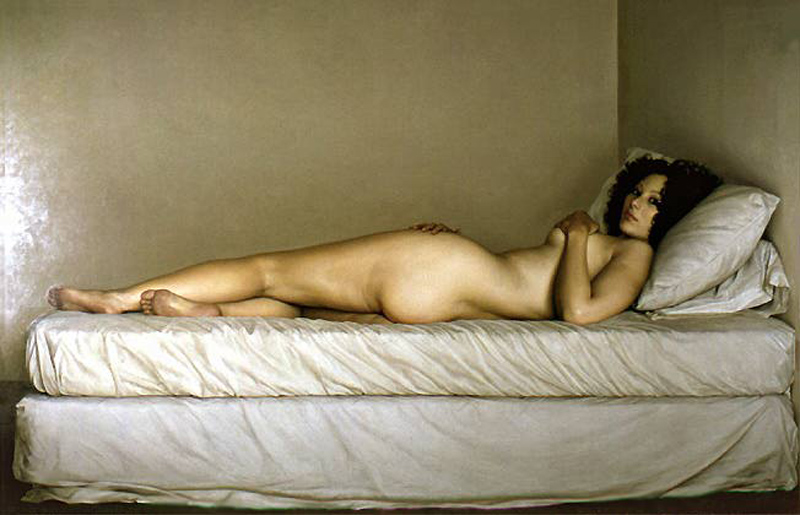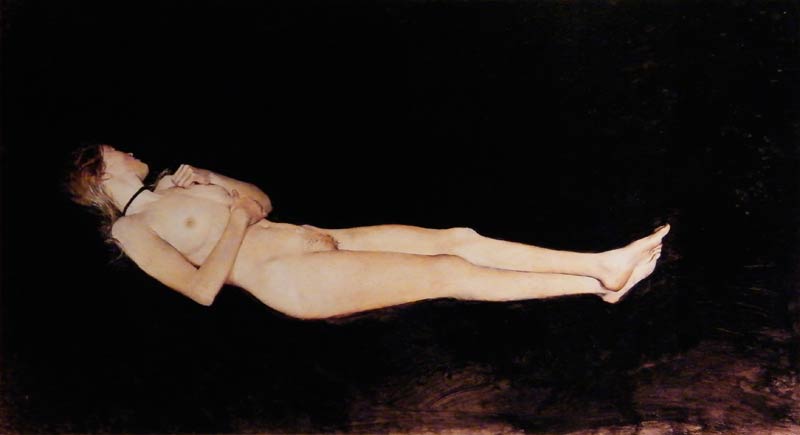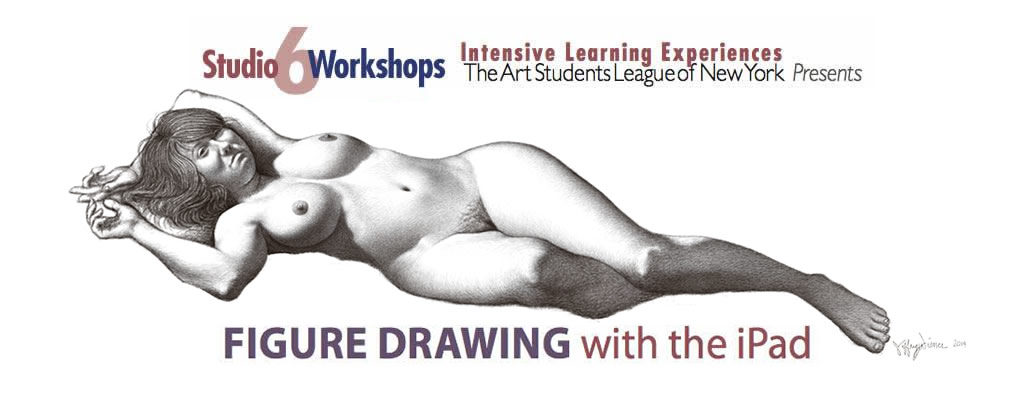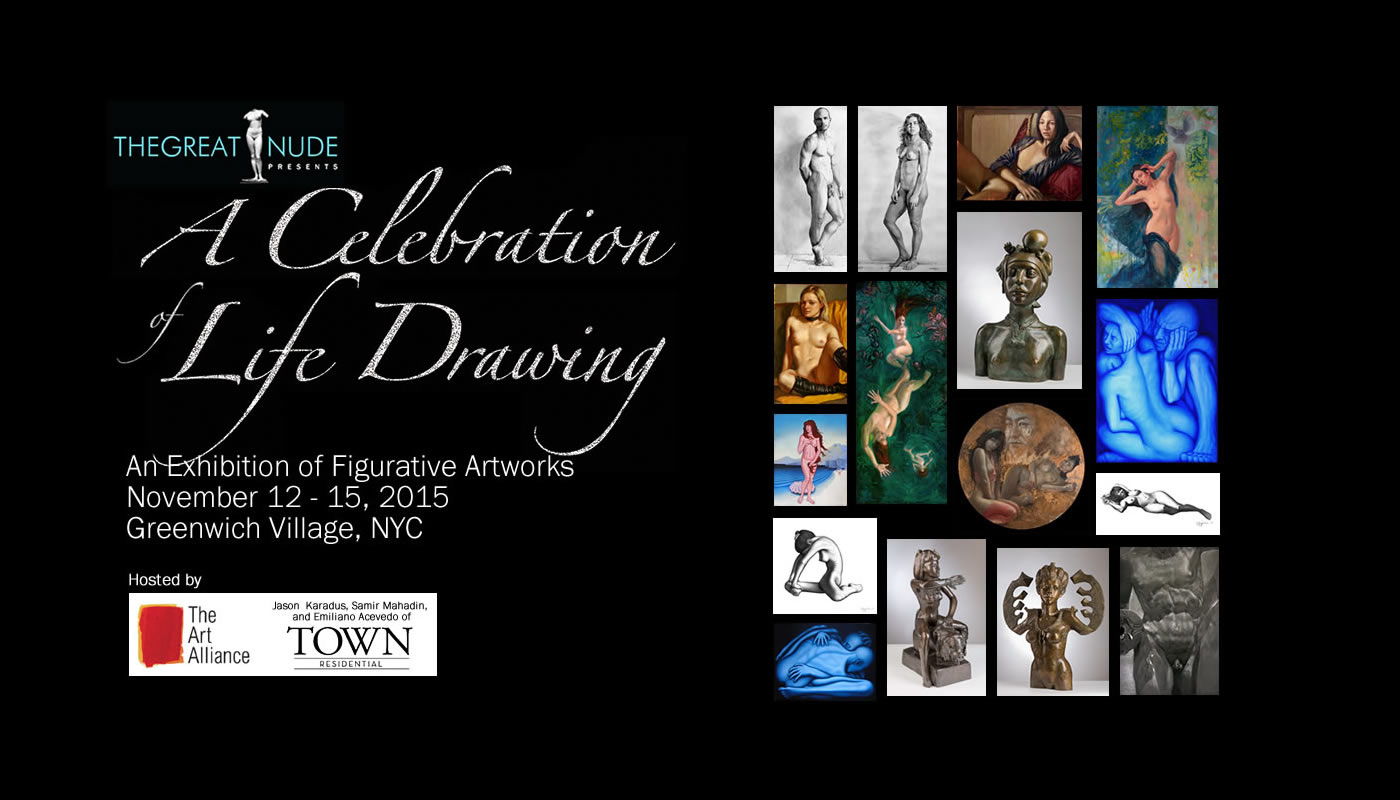Claudio Bravo: 1936 – 2011
Archive: 2011
As I opened the New York Times recently, I had the sad surprise to read about the death of Chilean artist Claudio Bravo. At only 74 years old, he succumbed to complications of epilepsy while living in his adopted country of Morocco.
Claudio Bravo was a master ‘hyper realist’ painter, known more for his quasi-mystical imagery and his stunningly realistic depictions of crumpled fabric and paper. However, it was his technical accuracy, which was rooted in the classical study of the figure, that seemed to serve Bravo so well. Walking into one of his exhibitions was always an optic treat, and a wonderful reminder that great painting, contrary to what some critics say, is not dead.
He was an extremely gifted artist on the front lines of a surge of contemporary Spanish realists, who all looked back to masters such as Velazquez and Francisco Zurbaran for their inspiration, all the while dealing with subject matter relevant to their time.
Bravo’s virtuosity extended to graphite, pastel and charcoal as well. I recall many years back, seeing his life-sized depiction of the Christ, laid out on a mortuary table. I marveled at the detail and the range of tones Bravo was able to achieve with charcoal alone.
Growing up on his father’s farm in Chile, Claudio attended a Jesuit school and took classes with an academic painter. Gaining a classical foundation, he was none-the-less mostly self taught, and had his first exhibition at age 17. In the early 1960’s, he became a sought-after society portrait painter, but it was his narrative compositions and depictions of fabric-wrapped packages that brought him acclaim and financial success.
In his stunning interpretation of Venus, Bravo re-imagines Velazquez’s famous version, minus Cupid holding the mirror. Rather than reflecting on her own beauty, this Venus is focused on the viewer. The setting is paired down to a simple bed in a bare room. The effect is more immediate, with the focus not on symbolism or the myth of Venus, but purely on the woman in her unaltered natural state.
A more stylized nude is presented in Woman with a Flower, which I admire mostly for the flow of the composition. A triangular trajectory is set up between the woman and the plant with her head at the top, just slightly off center. The woman’s body is a mirror of the curve of the plant beside her. Bravo was a prolific painter, and he left a rich body of work, pointing each of us, artist or not, in the direction of his technical excellence.












